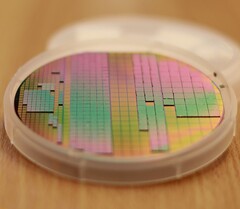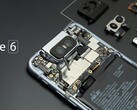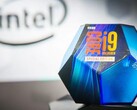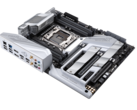University of California researchers Puneet Gupta and Subramanian Iyer believe that modern age computers would be far better off without the existence of motherboards. The printed circuit boards (PCBs) aka motherboards have been around for more than half a century and the original design has barely changed over the years, to the point where it now obstructs the potential for more powerful systems. Instead of the obsolete PCBs made of FR-4 alloys, the researchers propose the adoption of a silicon-interconnect fabric that could lead to faster small form-factor, as well as large-factor systems.
According to the two researchers, “the printed circuit board could be replaced with the same material that makes up the chips that are attached to it, namely silicon. Such a move would lead to smaller, lighter-weight systems for wearables and other size-constrained gadgets, and also to incredibly powerful high-performance computers that would pack dozens of servers’ worth of computing capability onto a dinner-plate-size wafer of silicon."
Apparently, even the current smartphone SoCs borrow from the antiquated motherboard designs and could benefit from the new silicon-interconnect fabric that may integrate “a conglomeration of smaller, simpler-to-design, and easier-to-manufacture chiplets tightly interconnected." The fabric itself would be a 500-µm to 1-mm thick silicon wafer that bonds "processors, memory dies, analog and RF chiplets, voltage-regulator modules, and even passive components such as inductors and capacitors”.
Thanks to a tighter design, the fabric can “pack 2,500 times as many I/O ports on the silicon die without needing the package as a space transformer." The usage of silicon would also lead to less dissipated heat and smaller coolers.
Servers too may benefit from this technology, as it would essential reduce their size by at least two times, allowing for more more real estate inside data centers. Moreover, the new fabric could lead to the creation of new form-factors for subdermal implants or supercomputers. The benefits are clearly there, but the silicon-interconnect fabric is still in the research and development phase for now, so we might see working prototypes in a few years at the soonest.
Loading Comments
I first stepped into the wondrous IT&C world when I was around seven years old. I was instantly fascinated by computerized graphics, whether they were from games or 3D applications like 3D Max. I'm also an avid reader of science fiction, an astrophysics aficionado, and a crypto geek. I started writing PC-related articles for Softpedia and a few blogs back in 2006. I joined the Notebookcheck team in the summer of 2017 and am currently a senior tech writer mostly covering processor, GPU, and laptop news.
> Expert Reviews and News on Laptops, Smartphones and Tech Innovations > News > News Archive > Newsarchive 2019 09 > Motherboards must die: researchers working on silicon-interconnect fabric alternative
Bogdan Solca, 2019-09-26 (Update: 2019-09-26)














